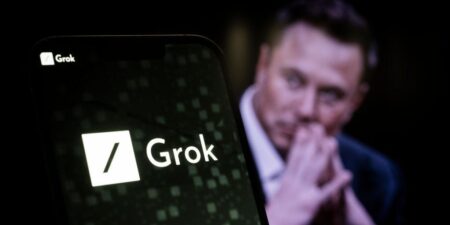The first time I read about AI, I was amazed. I showed ChatGPT to many of my fellow teachers and asked them to enter their favorite essay prompts. While it did not live up to our school’s writing standards, within seconds, it spit out an impressive answer.
That first year, it was fairly easy to spot AI-generated essays from my students. The arguments spun their wheels, often repeating the same ideas but never getting to the point; the support was sparse, vaguely referencing broad events or characterization; and the thesis statements were trite, giving the most obvious arguments without diving beyond surface-level analysis.
It evolved to the point where we teachers thought it might be helpful to have students put in our prompts and have AI write a mock essay. They then would have to write a better one. Sometimes, we would have students explain why the AI essay fell short of our rubrics. In doing so, we thought it would point out that the technology was inadequate and not worth their time.
But quickly, AI improved, and my students became too reliant on it. After teaching English for nearly 20 years, I had to rethink my career.
My students started using AI regularly
Students are now no longer willing to avoid AI. Instead, they grew to depend on it, asking it to give them an outline instead of using their own minds to create the structure of their essays. Instead of using their annotations, they would ask AI for a list of examples from the text.
Somewhere in the gray area between plagiarism and cheating, the faculty and I found ourselves in meetings about ethics. While our administrators have been amazing, the technology has been siphoning the joy of teaching English because the red flags have been lowered.
It became increasingly difficult to distinguish between what was lifted from AI and what demonstrated the students’ skills. How can we assess students’ skills with logic and rhetoric if they are using AI’s skills with logic and rhetoric instead of their own?
I first became really concerned when I watched one student ask AI how to mend a relationship with a friend. Another time, a student took AI’s recommendations over mine. It soon became evident that students were constantly asking for the answers rather than help with the skills.
Eventually, it seemed students were struggling with the temptation of the low-hanging fruit, and their dependency on AI made my job nearly impossible.
My colleagues, both inside and outside my school, are to be applauded. They’re buckling down, using various tools to help them. They spent hours trying to nail down proof. Many are deciding to go with all hand-written essays.
Still, we teachers are struggling to prevent cheating and navigate its implications.
I took a step back from teaching English
Hearing the praise of AI technology everywhere drove me to take an opportunity for a discipline that AI has not touched yet.
Having a background in American Sign Language, I agreed to take one class of students, but with growing interest, I was allowed to take a full load. This was a breath of fresh air because it meant moving away from the clutches of AI. It was also exciting because the students are excited. They are tuned in, and they seem more engaged than I have seen them in a decade.
The fatigue that comes with having to look at a screen for your education is real, and ASL is a break from that routine. It seems they appreciate time away from them. In turn, it now feels like the early days of teaching for me.
What I love about the humanities is hollowed by AI; however, ASL retains the human element of teaching. I know AI will eventually be able to impact the ASL classroom, but for now, I’m enjoying this reprieve.
Read the full article here
















